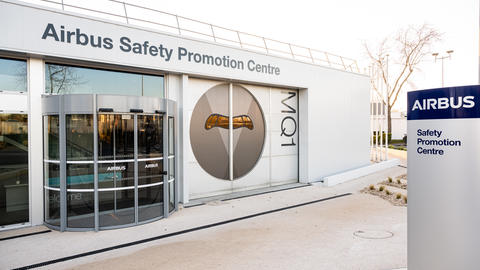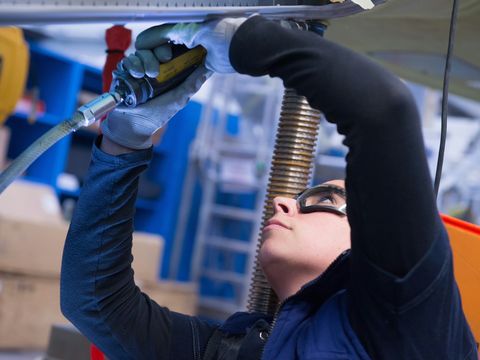Product safety for commercial aircraft
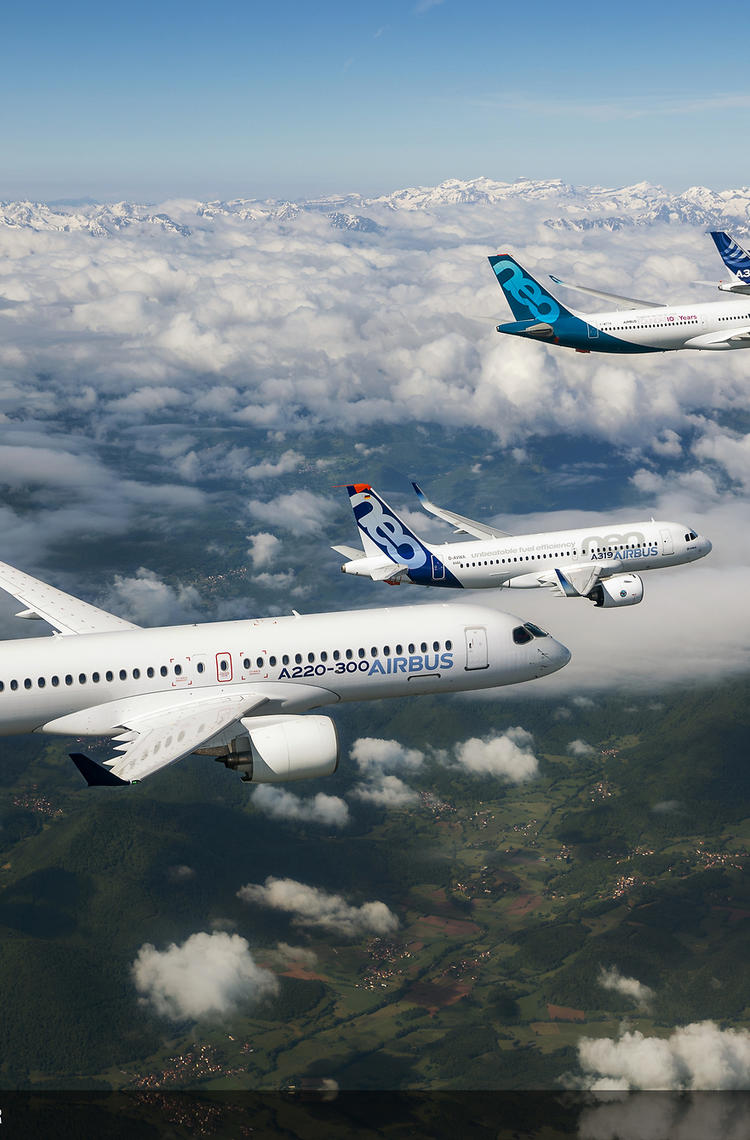
Elevating safety through global cooperation
We are committed to exceeding industry safety standards and supporting the safe operation of all our commercial aircraft and for those who fly aboard them.
This takes operational experience into account, drawing lessons learned and implementing necessary changes – extending beyond the products themselves into the training provided for flight, cabin, and maintenance crews, along with the worldwide services delivered in support of aircraft operations.
Beyond this, we are in constant contact with other aircraft manufacturers, airlines, and air safety organisations around the world to find new ways of improving safety standards. We believe that industry-wide cooperation is crucial to making further safety enhancements.
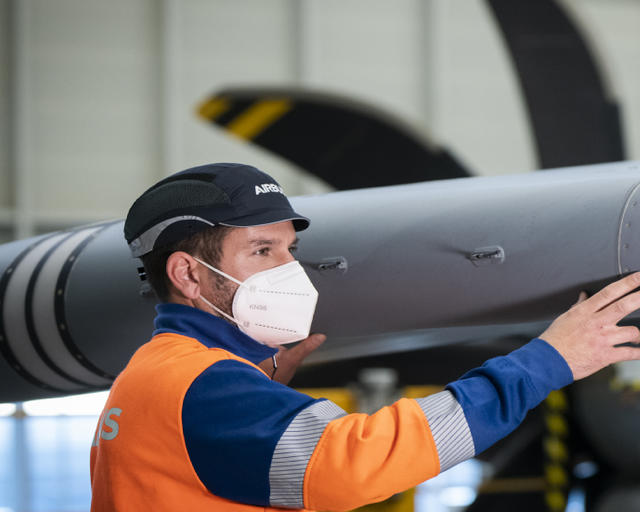
Our safety culture
Product safety drives us to raise standards and prevent accidents. Our dedication to product safety is demonstrated through our common value of always putting safety first. We are committed to reinforcing our safety culture with our people through safety promotion and training.
We foster an open reporting culture where employees are encouraged to speak up about any potential safety concerns in an atmosphere of trust and empowerment. This is reflected in the Airbus Commitment to Just & Fair Culture, which is signed by the Airbus CEO, Executive Committee members, and top managers. It includes the commitment to ensure the appropriate reporting channels are available and known to all employees to report product safety and quality related matters in an atmosphere of trust and empowerment.
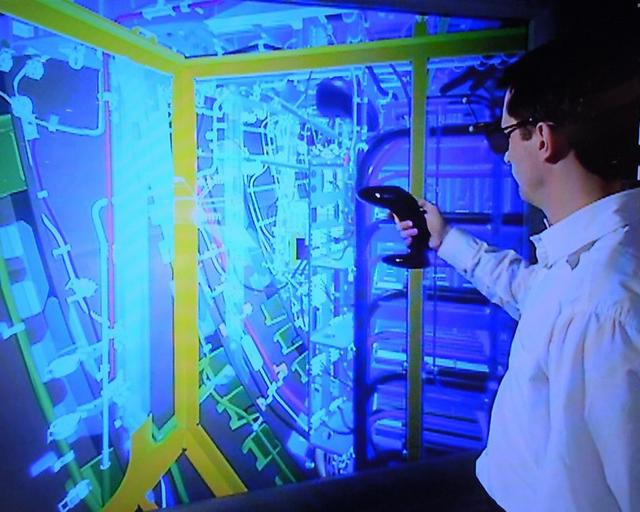
Safety in design
Product safety drives us to raise standards and prevent accidents. We ensure safety in the design of aircraft and the quality of manufacturing and support, the materials and manuals supplied to customers to operate and maintain the aircraft, the training provided to flight, cabin, and maintenance crews, and the worldwide services delivered in support of aircraft operations. We go beyond airworthiness requirements to also focus on safety enhancement activities in our products and services and implementing safety enhancements when appropriate.
Safety in technology
The air transport industry has achieved step changes in safety, underlining the significant contribution of technology to make flying safer than ever before. This is demonstrated by the continual decrease in the overall accident rate for commercial air transport.
Each new generation of aircraft has introduced technology that helps to prevent the main causes of accidents. One example of an Airbus technological breakthrough is digital fly-by-wire (FBW) technology. Introduced in 1988 with the A320 Family, fly-by-wire flight controls bring improved handling and enhanced safety – including protection that prevents an aircraft from exceeding its approved flight envelope, helping to reduce loss of control in-flight accidents. An additional benefit is operational commonality for pilots across the Airbus range of aircraft products, from the single-aisle A320 Family to the widebody A330, A340, A350 and A380.

The flight management systems and electronic navigation displays introduced in cockpits in the 1980s significantly improved navigation performance and position awareness. The Terrain Awareness and Warning System (TAWS) is another example of a technology that has significantly enhanced safety. These technological advances have been key to reducing controlled flight into terrain accidents.
We support Airbus Operators in their efforts to reduce the risk of runway excursion accidents. Runway Overrun Prevention System (ROPS) is an avionic alerting system designed to prevent runway overrun during the landing phase. ROPS was introduced on the A380 aircraft in 2009 and is now standard on all new Airbus aircraft. RunwaySense is another technology that improves runway safety. This web-based platform enables airlines and airports to assess and report runway conditions in real-time, using the aircraft as a sensor.
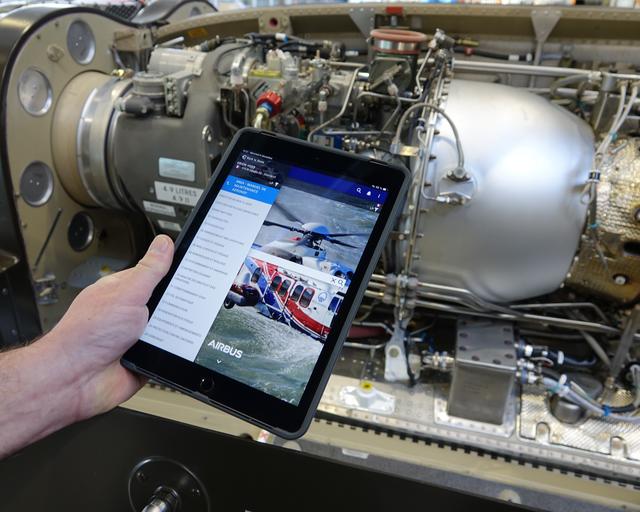
Safety Risk Management
As a key component of the Airbus Corporate SMS, the management of risks associated with identified hazards from collected safety data enables data-driven decision making and supports a proactive approach to manage safe operations of products and services.
Applying proactive risk management principles has contributed to significant improvements for the safety of flight in recent decades. This risk management approach drives our Corporate Safety Process, which has been in place for more than 15 years. It supports the principles of the Airbus safety enhancement culture, going beyond compliance with certification and airworthiness duties.
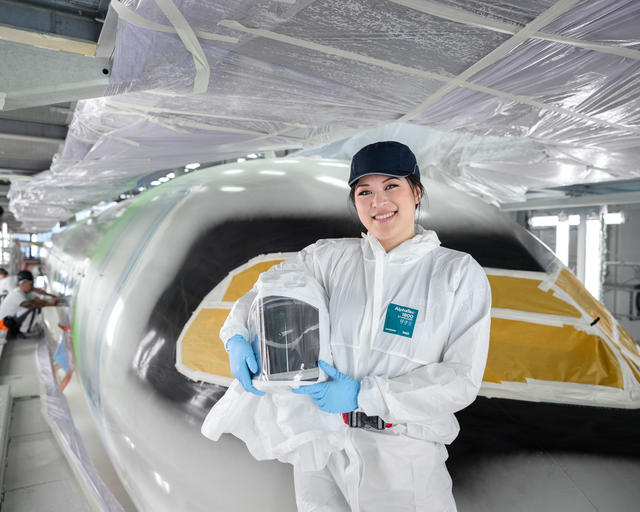
Safety compliance
Product certifications are provided by aviation authorities. We work to ensure compliance through design and certification of products under EASA Part 21 Design Organisation Approvals (DOA), manufacturing under Production Organisation Approvals (POA), monitoring of in-service safety through approved EASA Part-M Continuing Airworthiness Management Organisations (CAMO); aircraft maintenance and retrofit operations conducted in line with civil and military EASA Part 145 regulations; and training provided to flight crews, cabin crews and maintenance crews through EASA Part 147 Approved Training Organisations (ATO).
The certified organisations within Airbus where specific approvals are granted by the aviation authorities, are audited and monitored by these authorities to ensure compliance with regulatory requirements. Additional audits are conducted by third parties as part of the quality certifications including EN9100, EN9001, EN9110, AQAP 2110, AQAP 2210 and AQAP 2310.
The latest in safety
In the spotlight
-
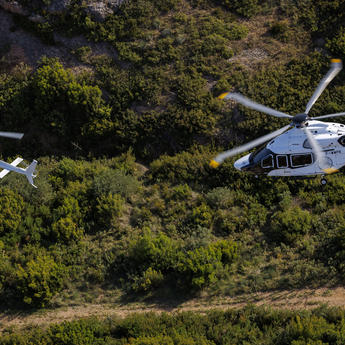
Creating a community of mentors to support the next generation of pilots
Web Story
Helicopters
Aerial film legend, Fred North, has created a new mentorship programme that aims to help young pilots benefit from the wisdom of more experienced peers. -
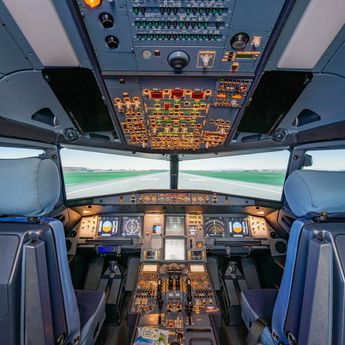
What is a Full Flight Simulator?
Web Story
Commercial Aircraft
-

Flying with lithium ion batteries in passenger luggage
Web Story
Safety
-
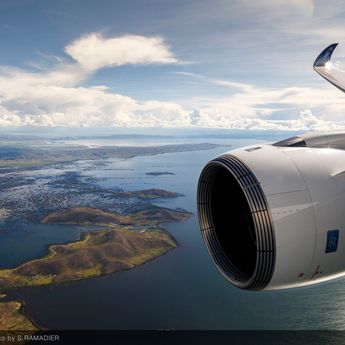
Flight control system: more redundancy to enhance resilience
Web Story
Safety
-

Aviation safety trends show need for continued vigilance
Web Story
Safety
